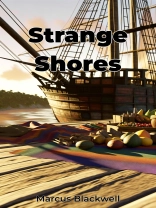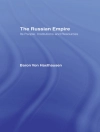‚Strange Shores‘ offers a fascinating exploration of cultural encounters during the Age of Discovery, examining how indigenous populations and European explorers interpreted their first contacts through everyday objects, customs, and trade.
The book uniquely focuses on three fundamental aspects of these cross-cultural encounters: material culture exchanges (particularly clothing and footwear), the significance of food and agricultural products, and the maritime routes that made these interactions possible. Drawing from a rich tapestry of archaeological findings, ship logs, and indigenous oral histories, the work reveals how coastal communities became crucial intersection points for different civilizations.
The author presents compelling evidence of how seemingly ordinary items like shoes and fruits became powerful tools for cultural interpretation and understanding between societies. These objects served as symbols of cultural identity and technological advancement, helping bridge the gap between vastly different worlds.
The book progresses through three main sections, each offering detailed analysis supported by maritime archaeology, textile preservation studies, and botanical research. By combining historical documentation with anthropological analysis, the author creates a comprehensive picture of these early global connections. This interdisciplinary approach makes the complex historical narrative accessible to both academic researchers and general readers interested in maritime history and cultural exchange, offering valuable insights into how different societies adapted to and interpreted their encounters with the unknown.












